PRODUCT DESCRIPTION
Curing compounds are liquid substances that are typically sprayed onto concrete surfaces. They create an impermeable membrane after drying, effectively delaying the concrete’s moisture loss. This method is widely used for processing freshly poured concrete once it has been set, making it an essential component of concrete treatment. These compounds can also be employed for the final treatment of concrete. To ensure optimal conditions for cement hydration, curing compounds must maintain the relative humidity of the concrete surface above 80% for seven days.
One essential application of membrane-forming liquid compounds is in the final treatment stage. This process occurs after the final placement of the concrete and once it has reached its ultimate setting. Curing compounds are also utilized for intermediate curing, which involves applying them after the final finishing but before the concrete has fully set. In situations where direct water application is not feasible and using plastic covers may cause mechanical damage, these compounds provide an effective solution to minimize evaporation. The amount of evaporation can be reduced by applying the membrane-forming compounds until more efficient methods can be implemented. The versatility of these compounds for intermediate and final processing is one of their main advantages. They serve as an appropriate method for intermediate curing and can help minimize moisture loss before employing other techniques for final treatment, such as water application or protective coatings.
In bridge construction, it is common to use curing compounds for intermediate curing and then employ water-saturated coatings for final curing. Immediately after the polishing operation on the bridge deck, curing compounds are applied, followed by wet sacks and plastic covers once the compound has dried. The combined use of these methods is not redundant, as the breathable lining properties of the curing compounds, which meet ASTM C309 and ASTM C1315 requirements, allow moisture to pass through. Depending on the product’s quality, workshop conditions, and application techniques, these compounds possess varying capacities for maintaining humidity. Additionally, submerging or spraying the surface, or using saturated sacks, prevents moisture loss and provides additional water for cement hydration, which is particularly important for mixtures with a low water-cement ratio.
Another noteworthy application of these curing compounds is their use in cold-weather concrete curing. They are considered one of the best options for this purpose. After initial measures are taken to protect the concrete from freezing, using curing compounds instead of water spraying significantly reduces the drying rate, ensuring appropriate curing conditions without freezing.
Features
- Minimizing evaporation of mixing water caused by wind and sunlight
- Improving the cement hydration process
- Minimize shrinkage of concrete
- Minimizing concrete surface cracks
- Increasing the durability of concrete
- Non-flammable and heat resistant
- Improving the appearance of the concrete surface
- can be used with a spray
Applications
- For curing and processing in all types of concreting.
- Final processing in bridge construction
- Processing in cold weather
Packaging
- –
Colour
- white
technical specifications
|
color |
white |
|
Physical base |
liquid |
| density |
1g/cm3 |
|
Chloride |
no |
| PH |
7.5±1 |
- Follow manufacturer guidelines: Adhere to the recommended instructions and usage guidelines provided by the manufacturer of the CUC™ code.
- Conduct compatibility tests: Test the compound’s compatibility with the concrete mix on a small sample area before applying it on a larger scale.
- Consider environmental conditions: Consider the weather conditions during the curing process and adjust application techniques if necessary.
- Apply uniformly and adequately: Ensure consistent and sufficient coverage of the CUCTM code to create an effective curing membrane.
- Monitor curing progress: Regularly assess the concrete’s curing progress and adjust if needed to maintain optimal conditions.
- Coordinate with project stakeholders: Communicate with the project team to ensure everyone knows the CUC™ code’s usage and requirements.
- Document and evaluate results: Keep detailed records of the application process and evaluate the performance of the CUC™ code.
- Stay updated with industry advancements: Stay informed about the latest developments and improvements in concrete curing techniques.
- Familiarize with the product: Understand the properties and limitations of the CUC™ code.
- Plan for curing: Incorporate the CUC™ code into the project’s curing plan.
- Train workers: Provide proper training on mixing, application, and safety precautions.
- Surface preparation: Ensure clean and properly cured concrete before applying the CUC™ code.
- Apply uniformly and adequately: Use the proper equipment for even and recommended coverage.
- Protect curing surface: Take measures to prevent damage and excessive moisture loss during curing.
- Monitor curing progress: Inspect for issues and make necessary adjustments.
- Document and communicate: Keep records and communicate deviations or concerns to the team.
- Coordinate with other trades: Collaborate to ensure proper sequencing and coordination.
- Follow safety guidelines: Adhere to safety protocols during handling, application, and disposal.
- Evaluate results and learn: Assess outcomes and apply lessons learned for future projects.
After removing the mold, the concrete agent should be applied to the concrete using one of the application methods, such as spraying, rolling, or brushing.
Additive consumption amount:
Each liter of the product can cover an area of 8 square meters.
When using processing compounds with volatile solvents, caution must be exercised in closed environments or near sensitive areas like hospitals, as vaporized volatile compounds can cause respiratory issues. Compliance with regulations related to the use of volatile organic compounds is necessary.
Additionally, the transportation, storage, or use of hazardous materials may have restrictions when volatile solutions are involved.
These compounds are permissible if they are not applied to construction joints or if they are thoroughly removed before placing adjacent concrete.
In cases where concreting is required in proximity to a previous layer, the surface of the previous layer should be cleaned and prepared before applying the new layer. However, it is essential to note that curing compounds can alter the appearance of concrete.
- Standardized Testing: Use standardized tests to evaluate the quality and performance of the CUC™ code.
- Product Sampling: Regularly sample the CUC™ code to ensure consistency in quality.
- Documentation and Record-Keeping: Maintain detailed records of the CUC™ code and its application details.
- Application Inspection: Monitor the application process for proper coverage and uniformity.
- Adherence to Specifications: Ensure the CUC™ code application aligns with project specifications.
- Adhesion and Compatibility Testing: Test the adhesion and compatibility of the CUC™ code with the concrete.
- Performance Evaluation: Assess the effectiveness of the CUC™ code in providing curing and protection.
- Quality Assurance Audits: Conduct audits to review and improve quality control processes.
- Communication and Collaboration: Maintain open communication with stakeholders involved in the project.
- Continuous Improvement: Learn from past experiences and stay updated with industry advancements for ongoing improvement.
technical documents
Photo Gallery
Technical documentation request




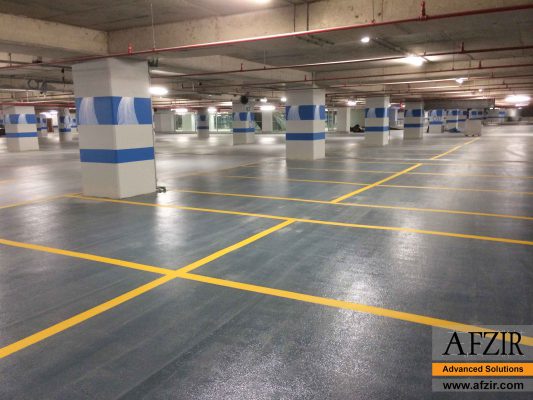










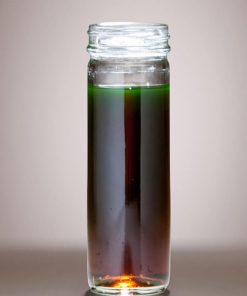
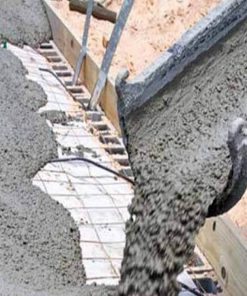

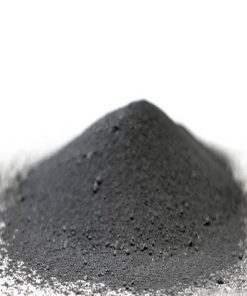
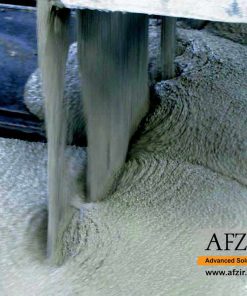
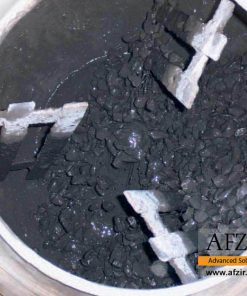
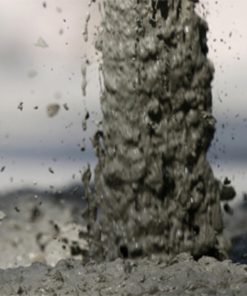


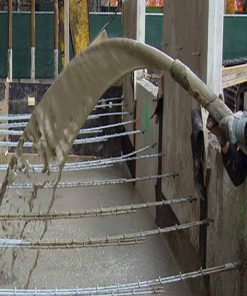
Be the first to review “Concrete Curing Compound”